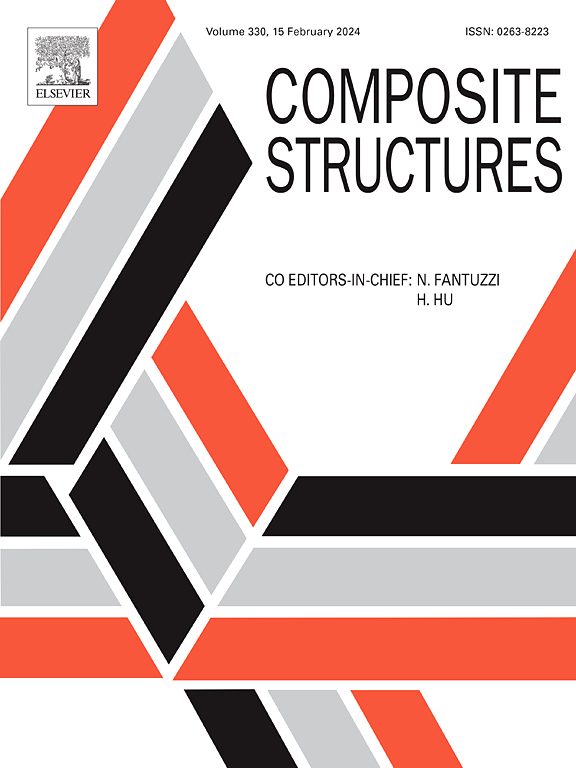A novel surrogate modeling strategy for the mechanical performance of CFRP/Al multi-riveted-bonded joints based on an innovative sampling scheme
IF 6.3
2区 材料科学
Q1 MATERIALS SCIENCE, COMPOSITES
引用次数: 0
Abstract
The multi-riveted-bonded joint combines mechanical fastening and adhesive bonding to offer superior static and fatigue performance, and is widely used in industrial applications. However, its numerous design parameters and their strong interdependencies make it difficult to establish an accurate surrogate model for mechanical performance. This study focuses on carbon fiber reinforced polymer/aluminum alloy (CFRP/Al) multi-riveted-bonded joints and introduces an innovative sampling scheme, the chessboard combination sampling (CCS). This approach resolves the parameter coupling problem and unifies the dimensions of input variables for the surrogate model. An automated parametric modeling process was then used to obtain finite element analysis data and construct a database for training the Kriging model. The surrogate model’s input includes global geometric variables such as overlap area, rivet count, size, position, and material thickness, while the output predicts the joint’s stiffness and strength with over 93 % accuracy. Finally, a comprehensive sensitivity analysis is conducted using the established surrogate model and database to assess the impact of design parameters on the structure’s stiffness and strength. The surrogate model enhances the efficiency of predicting mechanical performance for multi-riveted-bonded joints and provides a robust methodology for the analysis and design of similar structures in engineering applications.
求助全文
约1分钟内获得全文
求助全文
来源期刊

Composite Structures
工程技术-材料科学:复合
CiteScore
12.00
自引率
12.70%
发文量
1246
审稿时长
78 days
期刊介绍:
The past few decades have seen outstanding advances in the use of composite materials in structural applications. There can be little doubt that, within engineering circles, composites have revolutionised traditional design concepts and made possible an unparalleled range of new and exciting possibilities as viable materials for construction. Composite Structures, an International Journal, disseminates knowledge between users, manufacturers, designers and researchers involved in structures or structural components manufactured using composite materials.
The journal publishes papers which contribute to knowledge in the use of composite materials in engineering structures. Papers deal with design, research and development studies, experimental investigations, theoretical analysis and fabrication techniques relevant to the application of composites in load-bearing components for assemblies, ranging from individual components such as plates and shells to complete composite structures.
 求助内容:
求助内容: 应助结果提醒方式:
应助结果提醒方式:


